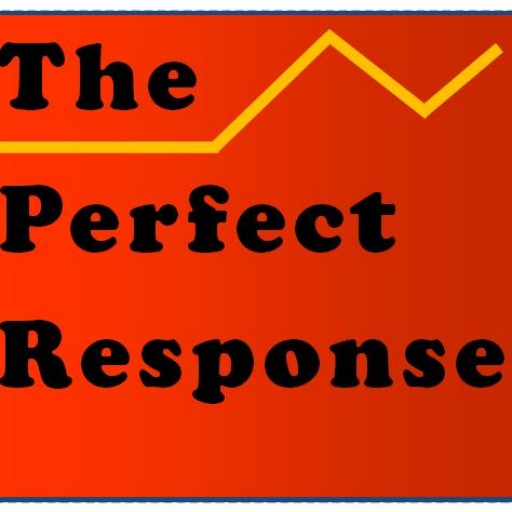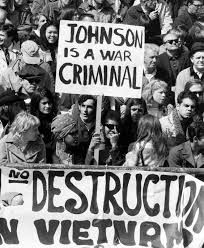[This piece written in 2019 asks whether different generations in the United States still share the same culture. I was pessimistic then. My argument that the young could afford to be more self-involved has not aged well. There is now ample evidence that the young are stressed, mostly from the long Covid nightmare, an economy with high costs for basics, and the trauma of a court that has taken away health options for women. These days being indifferent is less of an option. But one issue remains: Can we find “common narratives” in an era where cultural markers favor the young and where partisanship runs high?]

What happens when the media that have been traditional touchstones to the culture no longer matter? What follows if there is a withering of once common narratives?
When we wonder why we are such talkers and texters, look no further than our natural desire to find meaning in the words and faces of others. While most communication thinkers would accept that we are islands of consciousness, most also come to the view that our social nature gives us the urge to affiliate with various sorts of tribes. Beyond the family, most Americans seek connections with affinity groups organized around schools, religious institutions, work settings, or various avocations. Beyond that, we count ourselves as members of the same culture: less firmly now, perhaps, but it is still a piece of our identity.
Cultures typically share a language, a political history and sets of foundational stories. They are the common property of all. But what happens if the media that have been the traditional touchstones to our collective selves no longer matter to the society’s newer members? What happens if there is a withering of our common narratives? One sign of our weakened sense of affiliation are the 1800 big and small American newspapers that have shut down in the last fifteen years. Many communities are now news deserts cut off from the nation, and often their own communities.
Concerns like these are frequently raised because, while we have the technical means to easily share our culture, we are less inclined to visit its various precincts. There are more interesting distractions to pursue.
When I was still actively teaching my students were mostly south of 20. And though they were pleasant and easy to work with, it was increasingly apparent that we came from very different places. At times it seemed as if we both flew in from different countries to spend some time together. To be sure, we spoke the same language, but the forces that shaped us and and govern our interests are partly alien to each other.
Mine is the older country of the Vietnam War, political assassinations, the civil rights struggle and stunning leaps into space. We expected to meet future spouses in college. Even today our older selves still celebrate great cars, packed bookstores, jazz virtuosos and film and television benchmarks that are more sanguine than dystopian. Many in my generation also seek a daily connection to the national news cycle and, hence, to America’s sagging civil society.
At the same time, my country has also been hell-bent on the dream of affluence. It’s been somewhat less generous toward the young than those of the previous war generation, who benefited from a boom in schools, a vast transportation infrastructure for growth, and ways to provide access to college for veterans and the expanding middle class. Baby boomers vote in larger numbers, keeping a thumb on the government-services scale that favors the old over the young and poor.
The challenge is to sort out reasons for the apparent fraying of links that have held together the culture.
By contrast, the young come from a country freed from many of these old cultural markers and some of the bigotries that went with them. That’s expected, and a welcome part of the gift of idealism that is the birthright of the young.

Theirs is a nation of ‘digital natives’ organized around screens and represented more by personal media and fragmented video on-demand. They mostly ignore the more centralized broadcasting of major networks. In addition, for the members of this country, devotion to a marriage partner can wait, while all-consuming devotion to the smartphone comes sooner. The device trades in artifacts of the self rather than the full self. It also feeds off the attractions of celebrity as a measure of self-worth. This is expressed in terms of media markers, where a phone is a gateway to attention that can attract “followers” at a distance. The effect of the ubiquitous online discourse encourages much more interest in the “now” rather than a delayed-but-better “later.”
Of course I’m generalizing beyond what any individual case would allow. And it would be unfair to conclude that younger Americans don’t value social capital. Many are generous with their time if asked to work for social justice causes. But social connections are no longer created around shared discourse about the nation’s political problems. Looming obstacles of the workplace and an independent adulthood matter more. The hollowing-out of the middle class now feeds a generalized discomfort among the young about finding a secure place that can yield the kinds of comfort levels known by their parents.
The challenge here is to sort out reasons for the apparent fraying of links that have previously held together the culture. Generational differences are a given. But the atomizing of experience that is common in peer to peer media shifts our energies toward the personal and away from the political, which is traditionally the realm of core questions about how we should live as a society. So we have to ask: are we still living in a shared cultural space if we don’t share the same stories?
![]()



 And no generational divide seems sharper than that which separates “digital immigrants” from “digital natives.” My students are the latter. The presence of the internet for most of their lives has turned their knowledge base into levels of awareness that can be impressively wide but also quite shallow. Most seem to have opted out of keeping up with the nation’s civil life. Too few seek out real journalism or know what it is. To be sure, they scan a lot of headlines. But fewer read for news they need to know. Fewer also read the required readings in their courses, or the prodigious output of America’s best writers. These days, library books tend to remain on the shelves. A celebrity followed on Instagram will likely draw a crowd on campus. But it can be hard to fill seats for a speech by a seminal author or thinker. These patterns are reminders that the long-form media that beckoned in the analogue era of mid-twentieth century America has fewer contemporary counterparts. Once in dorm rooms, books and record albums were piled high on wood shelves separated by concrete blocks. Texts from previous courses were sometimes saved and re-read. I recall choosing my major and maybe my life track because of one assigned book brimming with interesting ideas: Murray Edelman’s The Symbolic Uses of Politics (1864).
And no generational divide seems sharper than that which separates “digital immigrants” from “digital natives.” My students are the latter. The presence of the internet for most of their lives has turned their knowledge base into levels of awareness that can be impressively wide but also quite shallow. Most seem to have opted out of keeping up with the nation’s civil life. Too few seek out real journalism or know what it is. To be sure, they scan a lot of headlines. But fewer read for news they need to know. Fewer also read the required readings in their courses, or the prodigious output of America’s best writers. These days, library books tend to remain on the shelves. A celebrity followed on Instagram will likely draw a crowd on campus. But it can be hard to fill seats for a speech by a seminal author or thinker. These patterns are reminders that the long-form media that beckoned in the analogue era of mid-twentieth century America has fewer contemporary counterparts. Once in dorm rooms, books and record albums were piled high on wood shelves separated by concrete blocks. Texts from previous courses were sometimes saved and re-read. I recall choosing my major and maybe my life track because of one assigned book brimming with interesting ideas: Murray Edelman’s The Symbolic Uses of Politics (1864). America was still two years away from the national meltdowns of 1968 when Kennedy and King were assassinated and our cities were in flames. But a burgeoning anti-war movement easily coaxed apolitical sons of the suburbs like me into contempt for the Johnson administration and the escalating Vietnam War. The iconoclastic warnings of Stokely Carmichael, Jane Fonda and Jill St. John got our attention.
America was still two years away from the national meltdowns of 1968 when Kennedy and King were assassinated and our cities were in flames. But a burgeoning anti-war movement easily coaxed apolitical sons of the suburbs like me into contempt for the Johnson administration and the escalating Vietnam War. The iconoclastic warnings of Stokely Carmichael, Jane Fonda and Jill St. John got our attention.